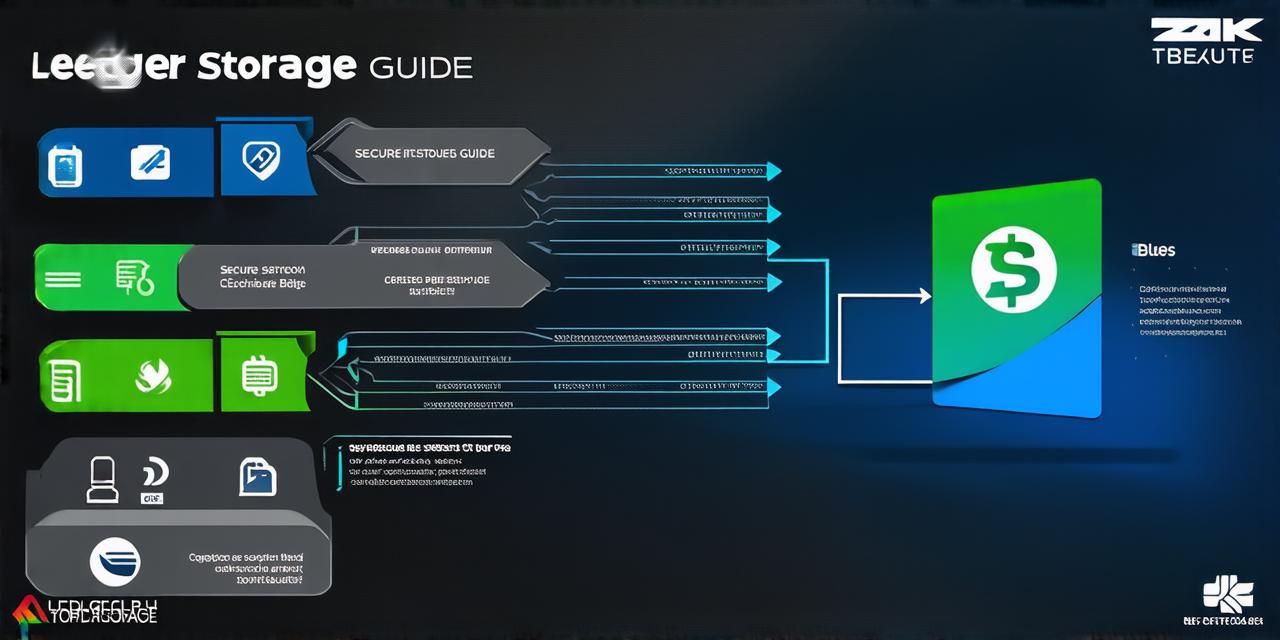Why Choose a Ledger?
“Security is the cornerstone of any successful cryptocurrency venture,” says John McAfee, cybersecurity pioneer and cryptocurrency enthusiast. A Ledger offers robust security features, making it an ideal choice for storing your digital assets.
Setting Up Your Ledger
1. Unboxing:
Carefully unpack your Ledger device, ensuring no damage has occurred during shipping.
2. Installation:
Connect your Ledger to your computer using the provided USB cable. Follow the on-screen instructions to install the necessary software.
3. Setting Up Your PIN:
For added security, you’ll be prompted to create a unique 4-8 digit PIN. Remember, this is crucial for protecting your assets.
Transferring Cryptocurrencies to Your Ledger
1. Account Creation:
Set up an account on the exchange where you purchased your cryptocurrency. Ensure the exchange supports Ledger integration.
2. Address Generation:
Generate a new receive address within your Ledger wallet app.
3. Transferring Funds:
Initiate a transfer from your exchange account to your Ledger’s generated address.

Best Practices for Crypto Storage on a Ledger
Regular Updates:
Always keep your Ledger firmware and the related apps updated to ensure optimal security.
Backup Your Wallet:
Regularly backup your wallet using the 24-word recovery phrase provided by your Ledger. This is crucial in case of device loss or damage.
Secure Environment:
Store your Ledger in a secure environment, away from prying eyes and potential threats.
FAQs
1. Can I use a Ledger for all cryptocurrencies?
“Yes, Ledger supports a wide range of cryptocurrencies, but it’s always best to check the official Ledger website for the latest list.”
2. What if I lose my Ledger device?
“As long as you have your 24-word recovery phrase, you can restore your wallet on a new Ledger device.”
In conclusion…
Securing your cryptocurrencies is an essential aspect of being a crypto developer. By following this guide and adhering to best practices, you’ll be well on your way to safeguarding your digital assets with a Ledger hardware wallet. Remember, in the world of cryptocurrencies, security is not just an option—it’s a necessity.


